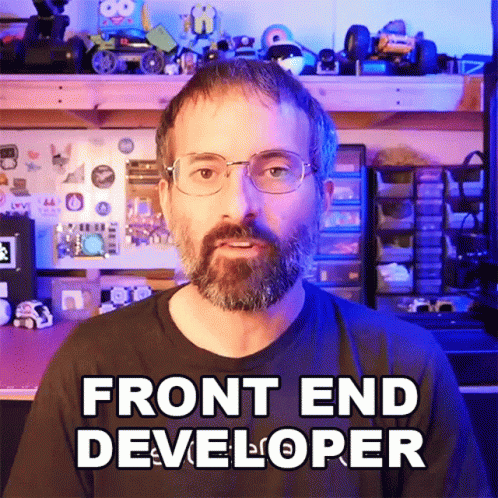- Breaking The Mold by Deric Yee
- Posts
- Copy My #1 Tech Stack for All My Tech Startups & Projects
Copy My #1 Tech Stack for All My Tech Startups & Projects
When it comes to picking the right tech stack, it can feel overwhelming with so many options out there. But after working on various tech startups and projects, I’ve found a stack that works consistently well, from side hustles to large-scale projects. Here’s the breakdown of the tech stack I rely on for all my projects, complete with why I chose each tool and how they’ve helped me build efficiently. Let’s dive in!

1. Frontend
ReactJS – The Reliable Swiss Army Knife
React is a front-runner in frontend frameworks, and for a good reason. This JavaScript library makes it easier to build interactive UIs that scale as your project grows. Major companies like Facebook, Instagram, and Airbnb rely on it because of its robust capabilities.
Why I Use It: React is dependable, flexible, and widely supported. If my project needs to grow, I know React will grow with it, without requiring a total framework overhaul.
NextJS – For Speed & Performance
NextJS is a framework that elevates React by offering server-side rendering, static site generation, and other out-of-the-box optimizations. It’s no wonder companies like Twitch use NextJS to handle millions of users while maintaining lightning-fast load times.
Why I Use It: With NextJS, I don’t worry about SEO or performance—NextJS manages it, ensuring users stick around because the pages load almost instantly.
DaisyUI – Simplified, Customizable Design
Built on top of TailwindCSS, DaisyUI offers pre-built components that streamline the design process. This tool allows me to achieve a modern, responsive look without the hassle of manually crafting CSS.
Why I Use It: DaisyUI is a game-changer for UI design, saving time and delivering clean, professional aesthetics for dashboards, user profiles, and more.

2. Backend
ExpressJS – Fast, Lightweight, and Efficient
ExpressJS is a backend framework that focuses on simplicity and speed. It’s used by companies like Uber, who need a backend that’s easy to scale and maintain.
Why I Use It: Express is straightforward yet powerful enough to handle everything from small APIs to larger applications, making it an excellent choice for quick development cycles.
Hasura – Real-Time API Generation
Hasura stands out by instantly generating GraphQL APIs over your existing data, eliminating the need for manually coding each endpoint. It’s ideal for real-time interactions, which is why companies like Notion use it to streamline API management.
Why I Use It: Hasura is perfect for building applications with real-time data needs, managing thousands of user interactions seamlessly, without compromising on speed or performance.
Supabase – Simplified Database Management
Supabase is an open-source alternative to Firebase, powered by PostgreSQL. It offers real-time updates and user authentication without the overhead of managing the infrastructure.
Why I Use It: Supabase is my go-to for projects that need scalability and database reliability, whether it’s a small app or a platform handling thousands of concurrent users.

3. Cloud & Monitoring
Google Cloud Platform (GCP) – For Scalable Cloud Solutions
GCP provides everything from serverless functions to machine learning models. It’s designed to handle enormous real-time data processing needs, just as Spotify does.
Why I Use It: GCP is versatile and scalable, making it ideal for projects with fluctuating user traffic. Its integration with the rest of my stack, whether it’s for storage or hosting, allows me to focus on growth without worrying about infrastructure.
Sentry – Real-Time Error Monitoring
Sentry tracks errors in real-time, allowing you to catch and resolve issues before they impact users. Even big companies like Disney+ use Sentry to monitor and fix bugs.
Why I Use It: Sentry has saved me from countless potential crises by notifying me of bugs early, ensuring my users experience as few disruptions as possible.
Final Thoughts
Choosing a tech stack isn’t about picking the flashiest tools—it’s about selecting a reliable, scalable, and efficient setup. React, NextJS, DaisyUI, Express, Hasura, Supabase, GCP, and Sentry together provide a powerful foundation that can handle any project scale, from startups to high-traffic platforms. So, if you’re looking to build something that can grow with you, give this stack a try. It’s been a trusted companion in all my projects, and it hasn’t let me down yet!
Reply